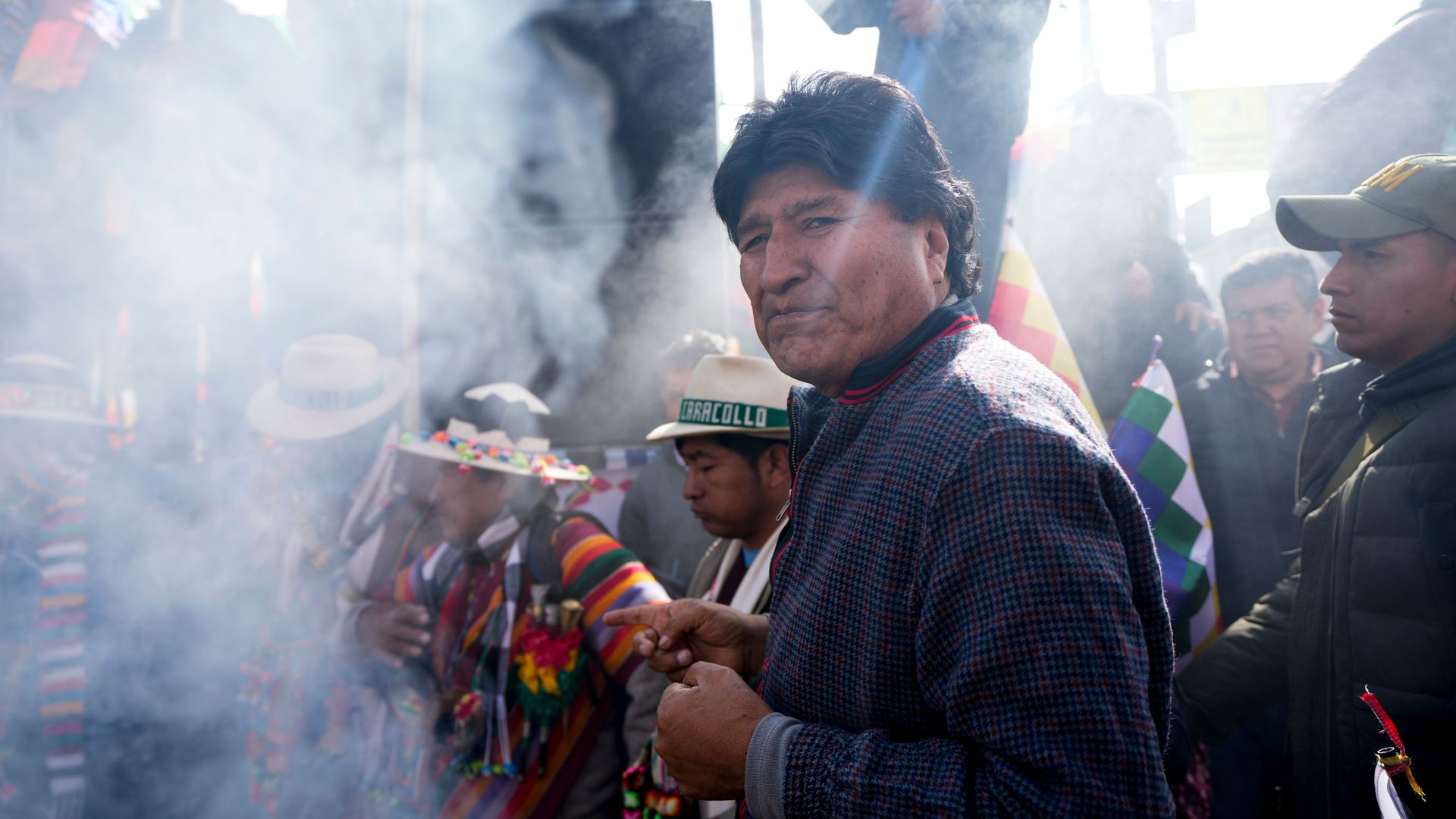
After a shooting on a Bangor college campus, the school will be installing more security cameras sooner than expected.
The dean of University of Maine at Augusta’s Bangor campus, Jeff Sychterz, said the university had planned to install more cameras to cover all the parking lots and buildings and was accelerating that process because of the Feb. 11 shooting in a parking lot. He also said Tuesday it was an oversight to not notify students of the shooting.
Students brought their concerns to Bangor City Council during public comment at a meeting Monday.
One person was injured in the shooting, which was between two people who were living in their cars and parked in an unused lot near where the campus abuts the city’s largest homeless encampment, often called Tent City or Camp Hope. They were not from the homeless encampment, City Council chairperson Cara Pelletier said Monday.
Students were left worried and confused about what happened, UMA student Colby Quinlan said.
Six students and people connected to UMA told councilors they do not feel safe on campus because of the homeless encampment nearby, citing issues with people peering through car windows and breaking into cars, needles in the grass and loose dogs. An unknown number of people live in tents, vehicles and makeshift shelters in the encampment on a wooded piece of city-owned land behind the Hope House.
Sychterz Tuesday said that the university is safe. In the very few instances of violence over the years, no faculty, staff or students were harmed or threatened with harm. Homeless people are frequently the people who have violence committed against them, Sychterz said.
“I really do believe that no one needs to be concerned for the safety coming to the campus,” he said. “We have a number of Bangor residents who walk their dogs or go for walks themselves on the campus early in the morning until late in the evening. They feel comfortable coming to campus.”
There are two security cameras on campus, as well as a privacy fence that helps block the view between the school property and the encampment, the school said previously. Sychterz did not provide a timeline for adding more cameras but said the school is accelerating the plan and finding the money.
“The concern for our safety is stressing us more than ever, and it is making it incredibly difficult to focus on our studies,” UMA student Emily Pardoe told city councilors.
As a result of the shooting, the university began requiring keycards to access a floor of the veterinary technology because of potential safety concerns, Sychterz said. The floor had changing rooms and a lot of students worked there. The school is discussing additional security measures, but he said it is too early to go into specifics.
“We at this time are not planning on locking the entire campus down,” he said. “I think it’s important that we are a public institution, that has a public mission and, of course, open to the public.”
There is a plan ready if the security issues escalate and the whole campus needs to change to keycard access, he said.
Denise Coleman, the mother of an UMA student, told councilors there are warning signs the city and school are ignoring, comparing the situation to the October mass shooting in Lewiston, when warning signs were missed in the months before a shooter killed 18 people and wounded 25 others.
“Do you want some dead students? Is that going to make you move the homeless encampment?” Coleman said. “These students, they’re not safe.”
Students described being afraid of walking to their cars after dark, not being able to sit on the grass picnic areas and someone walking around naked in the warmer months. It’s a distraction from studying and classes, Pardoe said.
The city and UMA have been in communication for years and working together to address the issues posed by the homeless people, councilors and Sychterz said. An attempt last fall to move people from Tent City to permanent housing has partially worked, but there wasn’t enough housing and not everyone was willing to move.
“Your dean has been very proactive in getting in touch with the city,” City Councilor Dan Tremble said. “He’s been a great advocate for the campus, for more safety out there, for the city to do more.”
Part of UMA’s mission is to provide educational access to people who may not be traditional college students, Sychterz said. He is also a professor on campus and has taught numerous people who had experienced homelessness, substance use disorder and spent time in prison.
Associate professor Laura Kati Corlew said at the council meeting she’s also taught students similar to what Sychterz said. Through her work in psychology, she’s had experience with people in crisis and knows it’s difficult, but she also has to balance her responsibility for the well being of her students.
“Our neighbors in the camp could very well be our students in five years,” Corlew said.
Homelessness is a nationwide problem and there is no magic solution, but there needs to be change, UMA graduate student Heidi Toner said.
“There needs to be safety addressed,” Toner said. “There needs to be better communication between the city of Bangor and UMA. We need to get some clarity. We need to get some resolution. There’s a lot of students that are scared.”









